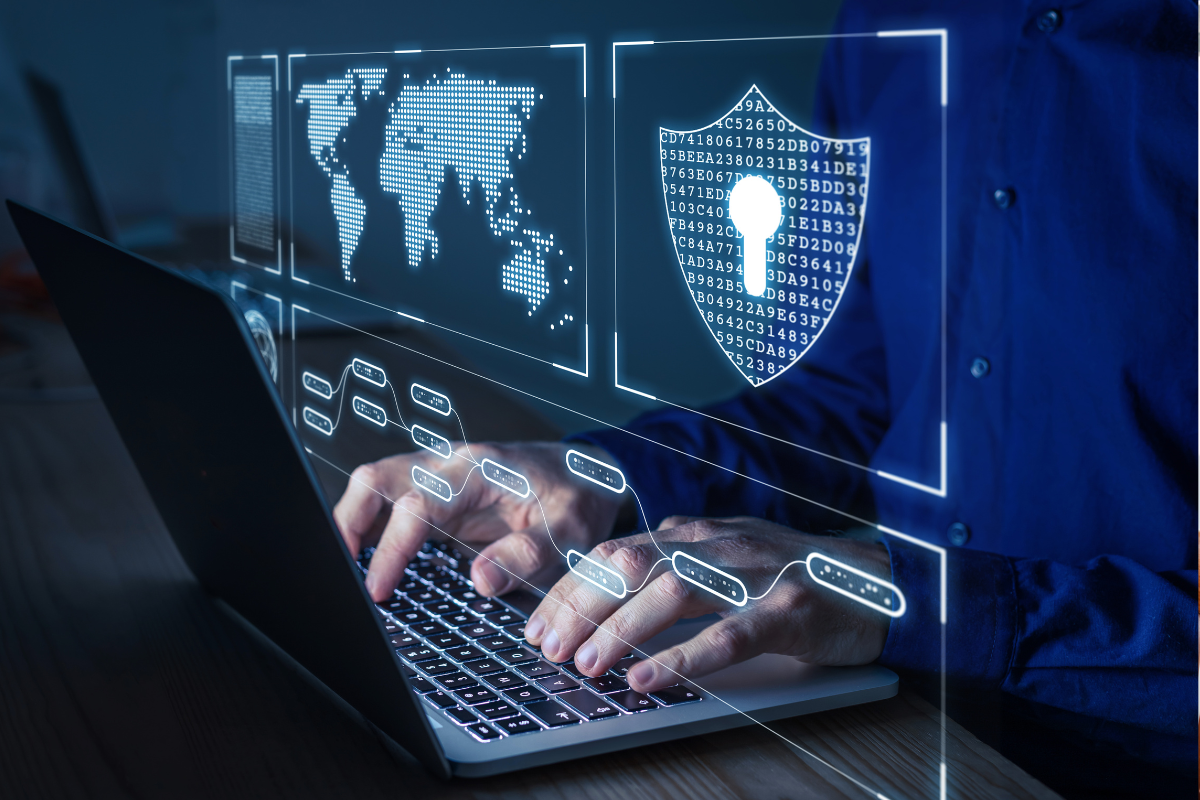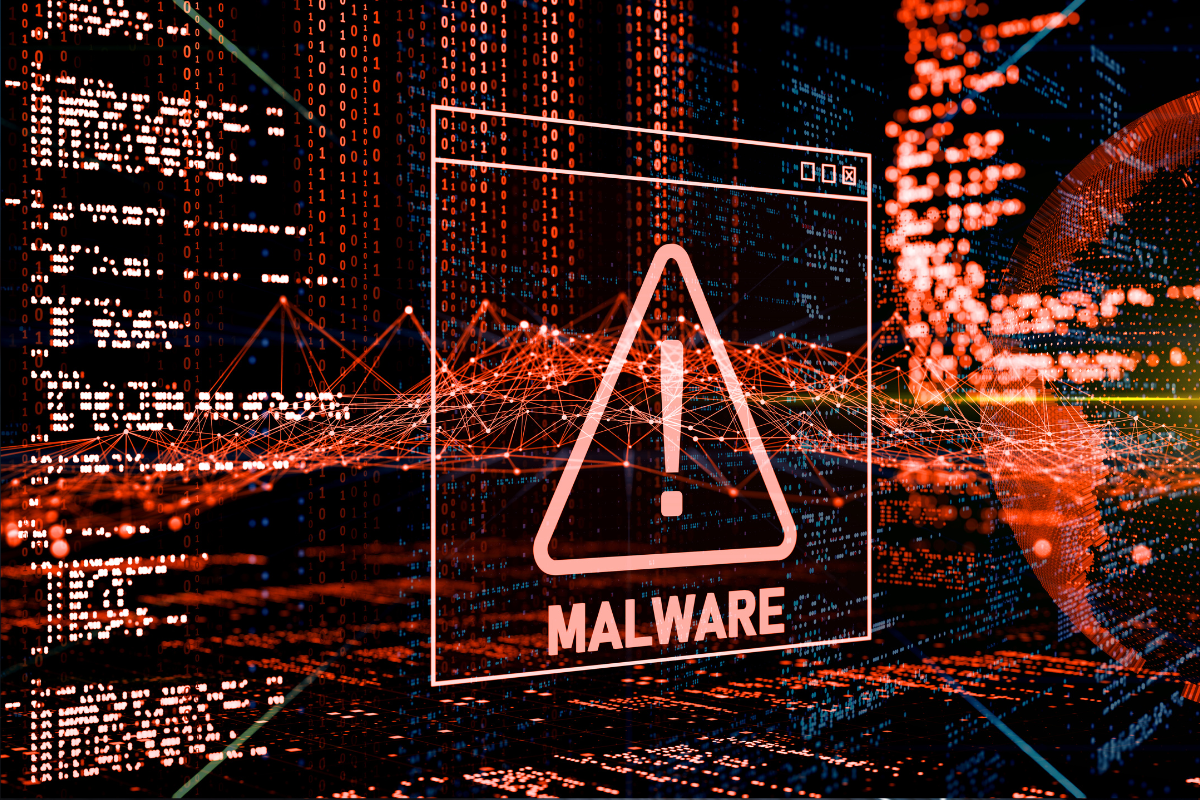
Cybersecurity Threats In A Digitally Connected World: Strategies For Protection
Posts by Alan TaylorAugust 27, 2023
In an era defined by digital transformation, the world has undergone a profound shift toward interconnectedness.
From the personal devices that grace our palms to the vast networks that power global financial systems, our lives are intricately woven into the fabric of digital technology.
The conveniences and efficiencies afforded by this interconnected landscape are undeniable, yet they are accompanied by a shadow—the ever-looming presence of cybersecurity threats.
As we traverse this intricate digital frontier, it becomes imperative to not only revel in the advantages of our interconnected world but also to fortify our defenses against the multifaceted and potentially devastating consequences of cyber risks.
The Evolving Landscape Of Cybersecurity Threats
Cybersecurity threats have evolved in complexity and sophistication, often outpacing our ability to defend against them.
From individual hackers seeking financial gain to state-sponsored cyber espionage and hacktivist groups with ideological motivations, the motivations behind cyberattacks are diverse. Some of the most prominent cybersecurity threats include:
1. Malware and Ransomware
Malicious software, or malware, can infiltrate systems to steal sensitive data, disrupt operations, or hold information hostage through ransomware attacks.

The devastating impact of ransomware attacks on businesses and organizations highlights the need for robust cybersecurity measures.
2. Phishing and Social Engineering
Cybercriminals use deceptive tactics to manipulate individuals into divulging sensitive information or clicking on malicious links.
Social engineering attacks exploit human psychology, making individuals unwitting accomplices in data breaches.
3. IoT Vulnerabilities
The proliferation of Internet of Things (IoT) devices has introduced a new frontier of vulnerabilities.
Insecurely configured or poorly protected IoT devices can serve as entry points for cyberattacks, compromising home networks and critical infrastructure.
4. Data Breaches and Identity Theft
Sophisticated cybercriminals often set their sights on databases containing personal and financial information, and this threat extends to sectors beyond just finance and business.
Even critical sectors like healthcare, such as Pediatrics Electronic Health Records (EHR), are not immune.
Data breaches within Pediatrics EMR software can have far-reaching consequences, including identity theft, financial loss, and reputational damage for both individuals and healthcare organizations.
The compromised sensitive medical data of young patients can be misused, leading to potential long-term harm.
As such, safeguarding Pediatrics EHR systems is paramount to ensure the protection of patients’ personal and medical information from these malicious cyber activities..
5. Cyber Espionage and Nation-State Attacks
State-sponsored cyberattacks aim to steal sensitive information, disrupt critical infrastructure, or compromise national security. These attacks pose a significant threat to governments, corporations, and individuals.
6. Insider Threats
Malicious or unintentional actions taken by employees, contractors, or partners can expose sensitive data and compromise cybersecurity. Insider threats require a delicate balance between trust and vigilance.
Strategies For Protecting A Digitally Connected World
As cyber threats continue to evolve, the need for comprehensive and proactive cybersecurity strategies becomes paramount.

Here are some key strategies for protecting a digitally connected world:
1. Education and Training
Raising awareness about cybersecurity threats and best practices is crucial for individuals and organizations. Regular training programs can empower users to recognize and respond to potential threats.
2. Robust Security Infrastructure
Implementing strong cybersecurity measures, including firewalls, intrusion detection systems, and encryption protocols, forms the foundation of protection against cyber threats.
3. Regular Software Updates
Promptly applying software updates and patches helps mitigate vulnerabilities that cybercriminals exploit. Outdated software can serve as a gateway for attacks.
4. Multi-Factor Authentication (MFA)
MFA adds an extra layer of security by requiring users to provide multiple forms of verification before accessing accounts or systems, making unauthorized access significantly more difficult.
5. Data Encryption
Encrypting sensitive data both in transit and at rest ensures that even if data is intercepted, it remains unintelligible to unauthorized individuals.
6. Incident Response Planning
Developing a comprehensive incident response plan enables organizations to swiftly and effectively address cyber incidents, minimizing damage and downtime.
7. Collaboration and Information Sharing
Sharing threat intelligence and collaborating with industry peers, government agencies, and cybersecurity experts can help stay ahead of emerging threats and vulnerabilities.
8. IoT Security Measures
Securing IoT devices involves strong authentication, regular updates, and network segmentation to isolate potential threats.
9. End-User Hygiene
Practicing good cyber hygiene, such as avoiding suspicious emails and websites, using strong passwords, and limiting personal information shared online, can significantly reduce the risk of falling victim to cyber threats.
10. Ethical Hacking and Penetration Testing
Engaging ethical hackers to identify vulnerabilities through penetration testing helps organizations proactively address weaknesses before they can be exploited.
The Imperative For A Cyber-Resilient Future
In a digitally connected world, the battle against cyber threats is ongoing and ever-evolving.
While no system can be completely immune to attacks, a proactive and holistic approach to cybersecurity can significantly reduce the risk and impact of breaches.
By investing in robust security measures, staying informed about emerging threats, and fostering a culture of cyber awareness, we can create a more cyber-resilient future.
As our reliance on digital technology deepens, the collective effort to safeguard our interconnected world becomes not just an imperative but a shared responsibility. The protection of our digital lives demands nothing less.
